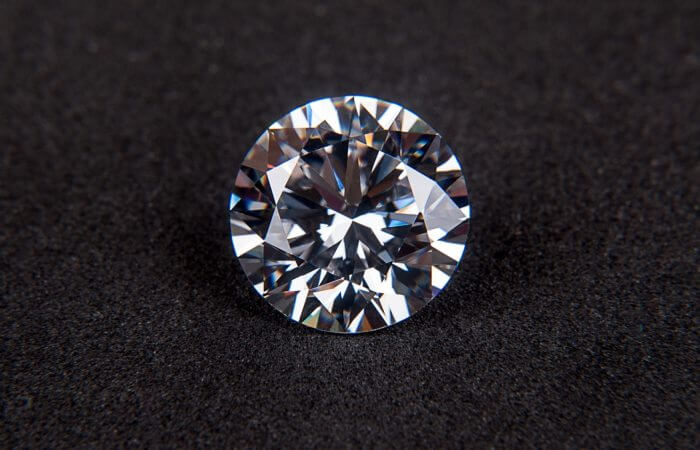Silicon carbide

The silicon carbide.
Silicon carbide is a binary inorganic compound of silicon carbon (SiC), colorless crystal. Has a high hardness, temperature resistance, chemical and radiation resistance.
Innovation through the application of silicon carbide
Silicon carbide:
Silicon carbide (carborundum) – binary inorganic compound of silicon carbon (SiC), colorless crystal.
The hardness of silicon carbide is only slightly inferior to diamond and nitride of boron.
Found in nature in the form of the extremely rare mineral moissanite.
Properties of silicon carbide:
crystalline structure similar to the structure of diamond,
– has a high hardness (9-9,5 on the Mohs scale, diamond is 10 on the Mohs scale),
is a very inert chemical substance: virtually does not react with most acids except concentrated hydrofluoric, nitric and phosphoric acids,
– has high heat resistance, chemical and radiation resistance,
– is a semiconductor. The conductivity type of silicon carbide depends on the impurities,
– transparent. Pure silicon carbide is colorless. It shades from colorless to brown, green or black color associated with impurities.
Application of silicon carbide:
– as an abrasive for surface treatment products,
– as a refractory material for electric furnace,
– as a material for acid-proof products
– like semiconductor, electronic components,
– insert for imitation diamond in jewelry
– in the construction as fibers in fiber-reinforced concrete (similar to basalt fiber),
– in the production of graphene in large scale for practical applications
– as a heterogeneous catalyst,
– in the production of steel as a fuel in the Converter production
– nuclear energy,
– heating elements,
– ceramics,
– the pyrometer,
– astronomy and precision optics,
– electronic devices (LEDs, ultrafast high voltage diode , Schottky, n-MOS transistors and high-temperature thyristors),
– electronics and electrical engineering (varistors, valve arresters),
– of automatticaly (disc brakes),
– structural materials (mechanical face seal).
Innovation through the application of silicon carbide:
Developed technology of tempering glass with nanoparticles of silicon carbide. So, nanoparticles of silicon carbide when added to ordinary glass enhance its crystalline structure and make it stronger than traditional tempered glass five times. This glass upon impact absorbs impact energy and is able to withstand much bongreater energy of destruction than ordinary tempered glass. If all the same from shock and cracks, then they branch out to a tiny network, not over the entire surface of the glass.
Of nanocrystalline silicon carbide is produced carrickbrennan fiber. It has the durability to σ + = a 3.45 GPA and E = 430 GPA and is an alternative to carbon fibers. Carrickbrennan fiber can be operated in oxygen-containing environments at temperatures up to 1600 OS, while maintaining its strength characteristics. While carbon fiber dramatically reduce their strength characteristics already at 350-400 OS.
Note: © Photo



